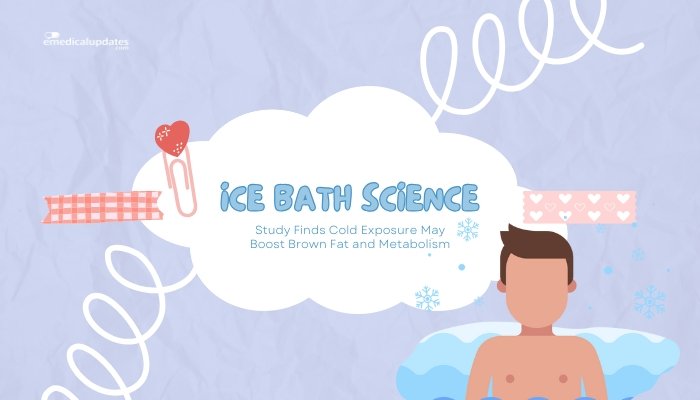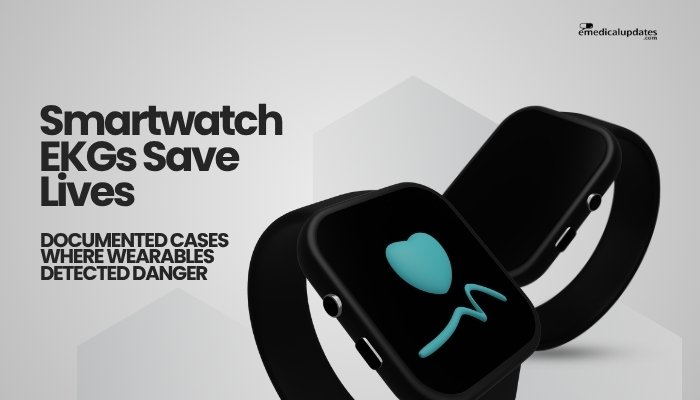Introduction
Cold therapy—such as taking ice baths or cold plunges—has gained popularity among athletes, biohackers, and wellness enthusiasts for its perceived health benefits. One promising angle? Brown adipose tissue (brown fat) activation.
A recent study suggests that exposing the body to very low temperatures can boost brown fat formation, which might help improve metabolic rate and energy expenditure. Below, we explore the science of brown fat, how ice baths might work, and what this means for weight management and overall health.
The Role of Brown Fat in Metabolism
What Is Brown Fat?
Humans have two primary types of adipose tissue:
- White Adipose Tissue (WAT): Stores excess calories, contributing to weight gain.
- Brown Adipose Tissue (BAT): Contains more mitochondria and is specialized in generating heat, burning calories instead of storing them.
Why Brown Fat Matters
Brown fat can raise metabolic rate by using energy to produce heat—a process called thermogenesis. Individuals with higher levels of active brown fat may burn more calories at rest, suggesting potential implications for weight control and metabolic health.
New Study on Ice Baths and Brown Fat
Research Overview
In a recent controlled trial, participants performed short-duration ice baths several times per week. Researchers measured changes in:
- Brown Fat Activity: Using PET scans or infrared thermography around typical brown fat sites (neck, shoulders).
- Resting Energy Expenditure: Observing metabolic shifts before and after the intervention.
Key Findings
- Increased Brown Fat: Participants showed elevated markers of brown adipose activity, indicating the cold exposure might convert or recruit more cells for brown fat function.
- Enhanced Calorie Burn: Some participants exhibited modest increases in resting metabolic rate, though results varied individually.
How Cold Exposure Might Activate Brown Fat
Hormonal and Neurological Triggers
Repeated cold exposure can stimulate norepinephrine release, which in turn activates brown fat cells, prompting them to burn fuel and generate heat. Over time, this adaptation could lead to increased BAT mass or reprogram white fat into a more thermogenic “beige” phenotype.
Adaptive Thermogenesis
The body’s adaptive thermogenesis mechanism helps maintain core temperature. By repeatedly challenging the body with cold, you train it to rely more on brown fat for heat production.
Health and Weight-Loss Potential
- Metabolic Boost: Even small gains in brown fat activity may yield improved calorie burning.
- Insulin Sensitivity: Some evidence suggests brown fat can aid glucose uptake, improving metabolic health.
- Mind-Body Benefits: Many advocates report improved mental clarity, stress resilience, or mood from cold plunges, although these are more anecdotal than scientifically conclusive.
Precautions and Implementation
Safety Tips
- Start Gradually: Begin with cooler showers or shorter durations, building tolerance.
- Monitor Health: Those with cardiovascular issues, hypertension, or other conditions should consult a doctor first.
- Avoid Extreme Durations: Prolonged ice-cold immersion can cause hypothermia or shock.
Consistency Over Extremes
Moderate, consistent exposure might be more sustainable and safer than sudden, extreme cold plunges. Combining this regimen with a balanced diet and exercise fosters overall metabolic well-being.
Frequently Asked Questions
- Will ice baths alone significantly reduce body fat?
- Likely not. While they can assist in boosting metabolism slightly, long-term weight loss also depends on diet, exercise, and other lifestyle factors.
- How long should an ice bath be?
- Studies vary. Some protocols use 2–10 minutes at temperatures around 50–59°F (10–15°C). Short durations typically reduce shock risk.
- Could cold showers work similarly to ice baths?
- Yes, repeated cold showers may have a milder effect on brown fat activation, though the intensity is typically less than a full ice immersion.
- Do I risk hypothermia?
- With careful timing and temperature control, risk is minimal. Never force extended exposure beyond comfort, and ensure adequate warmup afterward.
- Is cold therapy safe for everyone?
- People with heart conditions or vascular issues must consult a healthcare provider. Extreme cold can trigger certain circulatory stressors.
Conclusion
While ice baths and cold therapy aren’t magic bullets for weight management, they offer a compelling angle on boosting brown fat activation, potentially contributing to a slightly higher metabolic rate. Encouraged by recent studies linking cold exposure to improvements in thermogenesis and energy expenditure, many are experimenting with cold plunges or regular chilly showers as part of a holistic health routine. Although caution and moderation are essential—and more large-scale research is needed—the notion that mindful exposure to cold can nudge our metabolism in a beneficial direction is quickly gaining traction in health and fitness circles.
References
-
- Lee P, et al. (2014). “Cold-activated brown adipose tissue modulates insulin sensitivity in humans.” Diabetes.
-
- Rosenson RS, et al. (2021). “Thermoregulation, cold exposure, and metabolic outcomes.” Curr Opin Endocrinol Diabetes Obes.
-
- Van Der Lans AA, et al. (2019). “Long-term cold acclimation in humans: metabolic and vascular responses.” J Clin Invest.
-
- WHO (2023). “Physical activity, diet, and temperature exposures: potential synergy for global health.”







